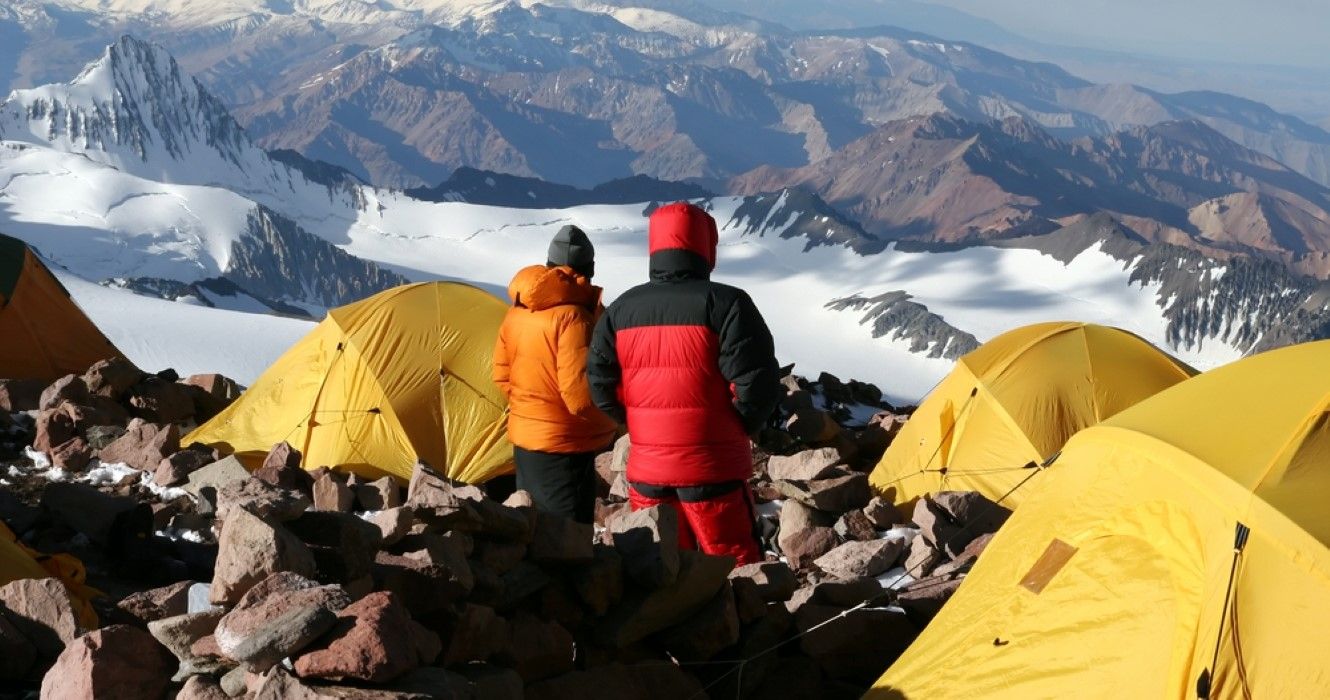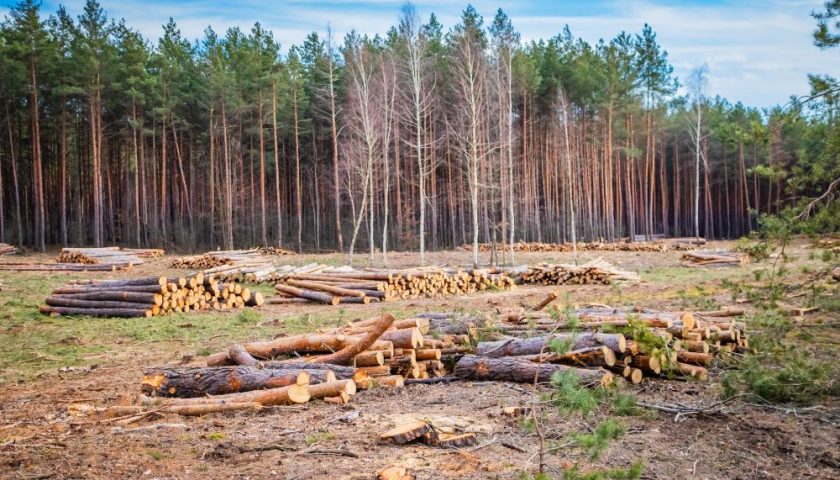Quick Links
- Types Of Altitude Sickness
- What Are The Symptoms Of Altitude Sickness?
Exploring the salt flats in Bolivia or planning a trip to Machu Picchu in Peru often sounds like a dream come true. Yet, while planning an adventure in South America, many travelers overlook the altitude and are often surprised when they are affected by the altitude sickness, known as soroche in some countries in South America.
Many cities in South America, including Bogotá (Colombia), Cusco (Peru), and La Paz (Bolivia), are located in high altitudes, and many people report feeling sick shortly after arriving in those locations. When a person travels to a place with high altitudes quickly, the body tries to adapt to an area with lower air pressure and oxygen levels, making them suffer from altitude sickness. It can happen even to fit travelers who exercise regularly. Although the symptoms disappear in a few days in most cases, they can also get more severe. Therefore it ́s essential to hire reliable travel insurance before traveling.
Types Of Altitude Sickness
There are three different types of altitude sickness. Luckily, most people suffer from mild symptoms and recover after a few days. The most severe types often happen in extreme altitudes, which is not the case for South America’s most visited attractions.
Acute Mountain Sickness (AMS) is the most common type and often causes headaches, nausea, and fatigue. Even walking a short distance becomes challenging due to the difficulty to beath. It is treated with medication and goes away once the body gets used to the altitude.
High-altitude Cerebral Oedema (HACE): it happens in extreme elevations and is also called brain swelling, caused by the lack of oxygen. Besides the AMS symptoms, people suffering from HACE can also feel confused and struggle with coordination. They should be taken to a lower altitude immediately and receive treatment.
High-altitude Pulmonary Oedema (HAPE): it also happens at extreme altitudes and can bring fluids to the lungs. People suffering from this will have a bluish skin color, feel tightness in the chest, and have a persistent cough. It can appear a few days after the arrival and should be treated immediately.
What Are The Symptoms Of Altitude Sickness?
Nearly 50% of people who travel to places standing at least 8,000 feet above sea level report some symptoms: headaches, dizziness, fatigue, loss of appetite, and shortness of breath are the most common of them. The symptoms start six hours after the arrival and tend to worsen at night.
So people can suffer from soroche even when not pushing their bodies into trekking or climbing. Although anyone can have it, people who are pregnant, have heart and lung conditions, live in a place with low elevation, or previously suffered from altitude sickness are more likely to have soroche.
How To Prevent Soroche
When creating an itinerary in South America, travelers should pay attention to the altitude of each destination. The best thing to do is to plan the travel so that heights get higher slowly and avoid ascending more than 1,000 per day. This way, the body won’t suffer much while trying to adjust.
Keep The Itinerary Flexible
It is recommended to plan a flexible itinerary and include two days without tours. For example, don’t schedule hikes or excursions for the first two days when arriving in Cusco. Use the time to explore the neighborhoods and walk in the city. This time gives the body time to adjust before doing physical activities.
For those traveling in Bolivia, staying at least one day in La Paz before heading to the salt flats is a wise decision.
Keep Hydrated
Doctors recommend drinking at least one liter more of water per day when visiting a place at a high altitude. Dehydration and soroche have similar symptoms, so it is essential to remain hydrated and increase the intake of carbohydrates.
Smoking, alcohol, and some medication can also slow down the acclimation process. So it is recommended to avoid them in the first days.
Coca Leaves
Andean people have been using coca leaves to treat the soroche for thousands of years. Therefore, it is possible to see them chewing the leaves, and they often offer them to tourists.
It is also possible to have it on tea and find candies that promise to relieve the symptoms. Although there is no scientific evidence saying the coca leaves work against soroche, many travelers report feeling better after chewing the leaves or drinking tea.
Medications To Consider
Visiting a doctor before heading to South America might be a good idea. Some doctors prescribe Acetazolamide (Diamox) to prevent altitude sickness, and the medication helps to reduce most symptoms. Doctors can also recommend taking specific medications a few days before the travel to prevent the soroche.
In Peru, it is possible to find medicine to treat soroche in almost every drugstore. It is common to see them in hotels and tour guides but always read the package insert before having it.
Have Oxishot
In Peru, it is also easy to find a small can with 8 liters of oxygen called Oxishot. It helps to mitigate fatigue and release the headache. When going on a hike in higher altitudes, it is also good to check if the guides use to carry one with them.





